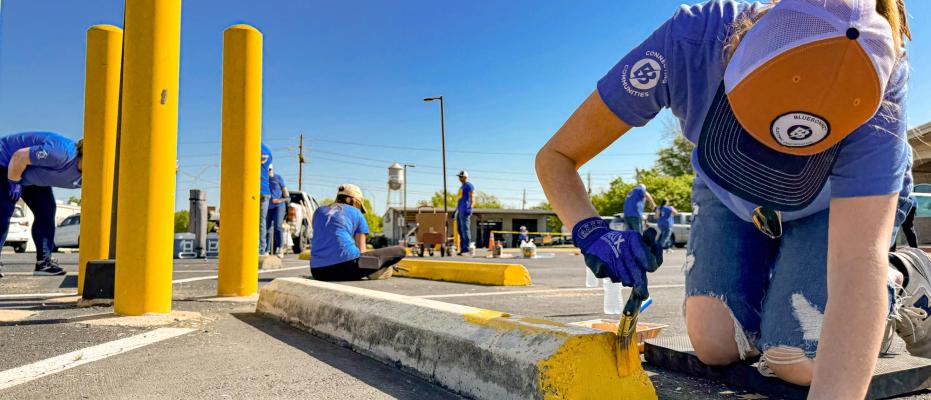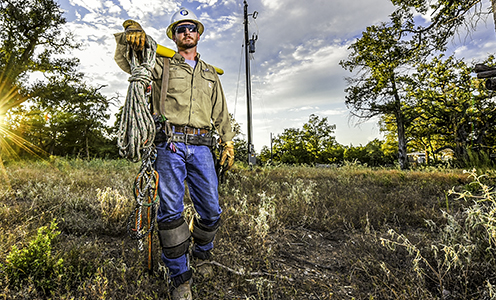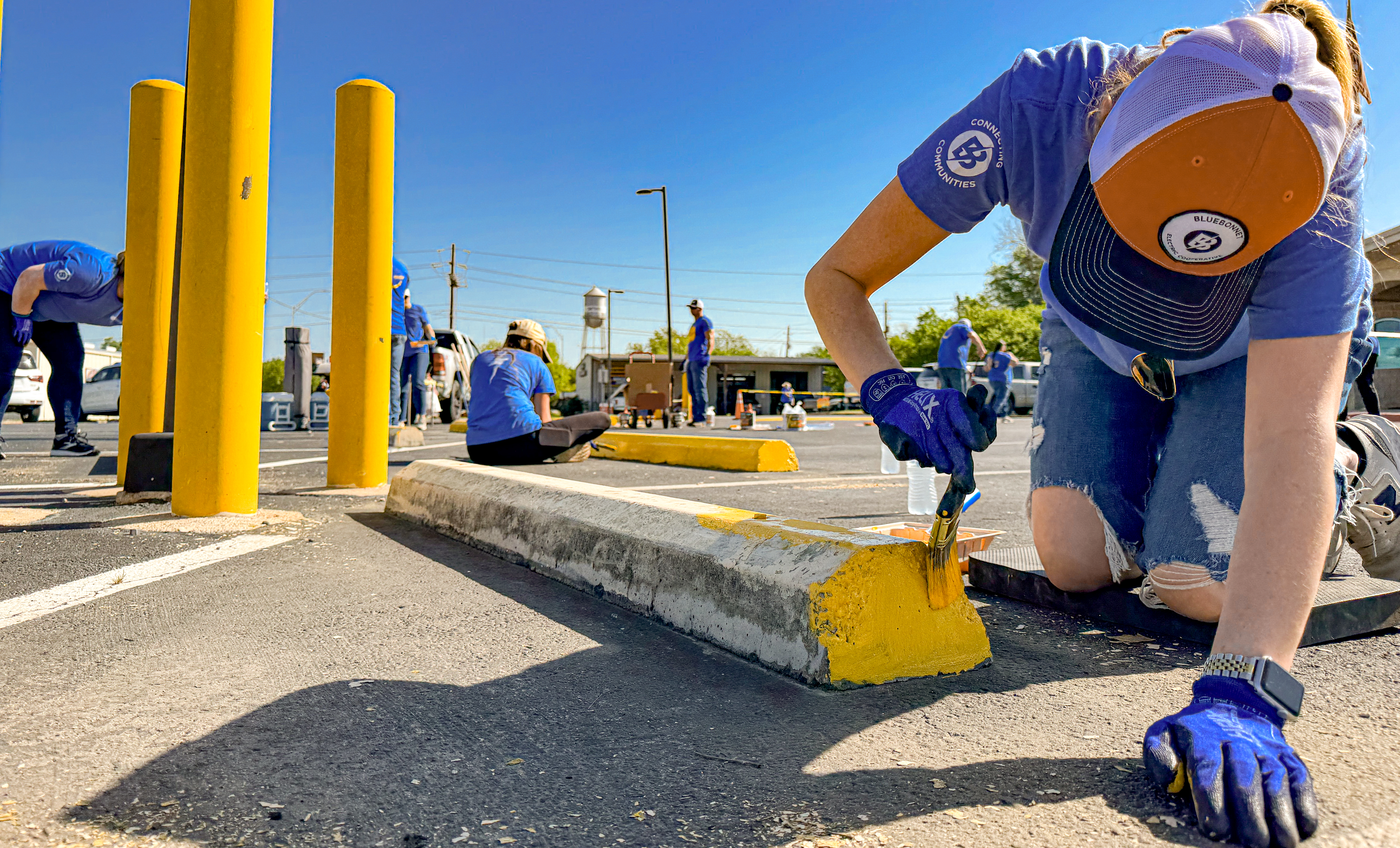We’re your neighbors
Giving back to communities we serve.

Community news
The Bastrop Area Pickleball Association will replace outdated lighting at its courts with energy-efficient LED lighting with the help of a grant from Bluebonnet Electric Cooperative and the Lower Colorado River Authority.
The $9,730 Community Development Partnership Program grant, along with $4,300 in matching funds from the association, will be used to replace 30-year-old lighting that limits visibility and sometimes makes it difficult for players to see activity on the court. The improved lighting has become increasingly needed as more people play later in the day after school or work, said Gary Moss, president of the Bastrop Area Pickleball Association.
The facility has 10 courts and is open from 7 a.m. to 10 p.m. seven days a week. Pickleball, which combines elements of tennis, badminton and Ping-Pong, is one of the fastest-growing sports in the country and is popular with players of all ages. The game has a smaller court and doesn’t require quite as much running as tennis.
“We had a game recently that was a 70-year-old grandfather, a 40-year-old dad, a 38-year-old mom, and a 9-year-old son,” Moss said. “And they were really playing – not playing around, really competing.”
Moss said competition isn’t the only reason the facility has become so popular. He said pickleball also is a great way for visitors to socialize, chatting and getting to know one another as they wait for their next match. In just over a year, membership in the Bastrop Area Pickleball Association has grown from only a few members to more than 300.
With the new lighting, the group sees an opportunity to host large weekend tournaments, drawing in visitors from around the region and providing economic benefits for the community.
Moss said he and other volunteers, with the help of sponsors, have helped transform older seldom-used tennis courts into the popular pickleball facility by removing weeds, replacing cracked concrete, and working on new fences.
“We have a lot of great people who work hard and play hard,” Moss said. “We’ve really turned this into a spectacular thing.”
The group offers a $200 annual membership for unlimited play, and offers no-cost memberships to those aged 18 and under and low-income families.
The community grant is one of six grants awarded recently through LCRA’s Community Development Partnership Program, which helps volunteer fire departments, local governments, emergency responders and nonprofit organizations fund capital improvement projects in LCRA’s wholesale electric, water and transmission service areas. The program is part of LCRA’s effort to give back to the communities it serves. Bluebonnet Electric Cooperative is one of LCRA’s wholesale electric customers and is a partner in the grant program.
Applications for the next round of grants will be accepted in July. More information is available at lcra.org/cdpp.




